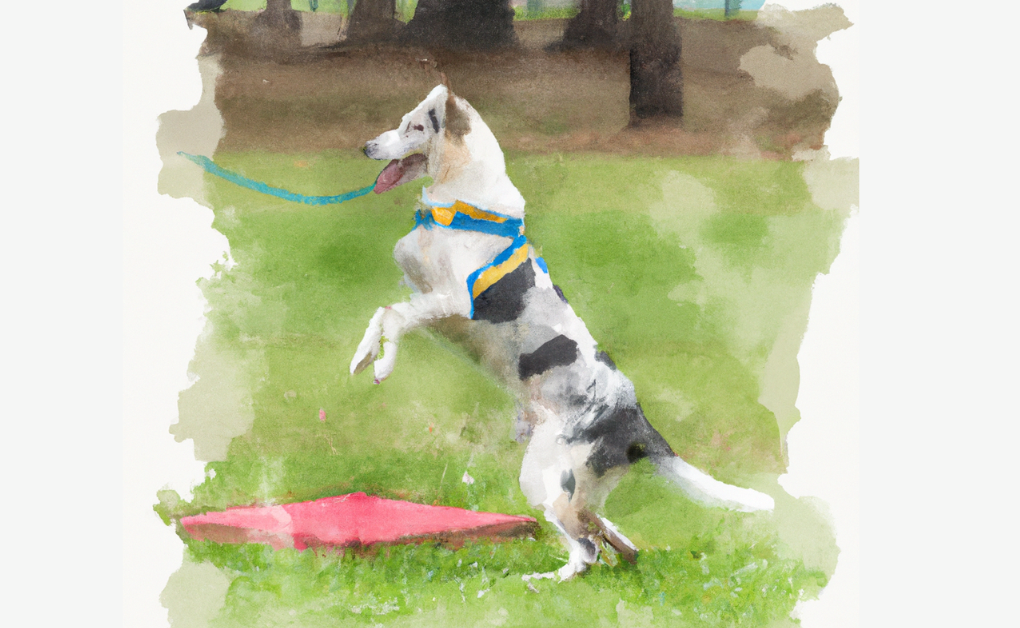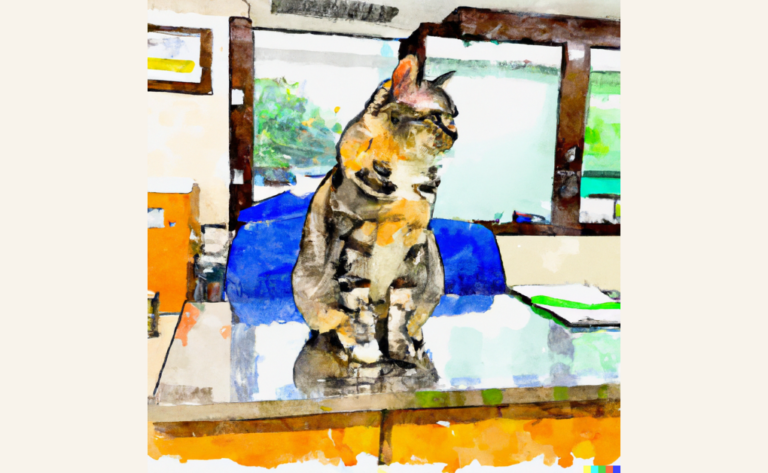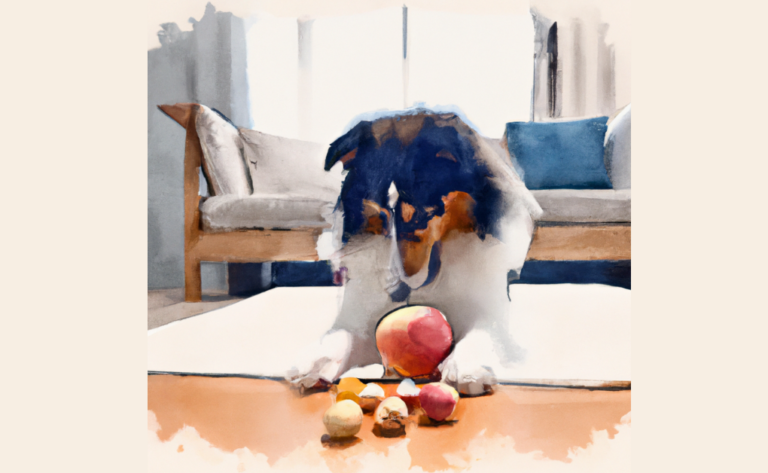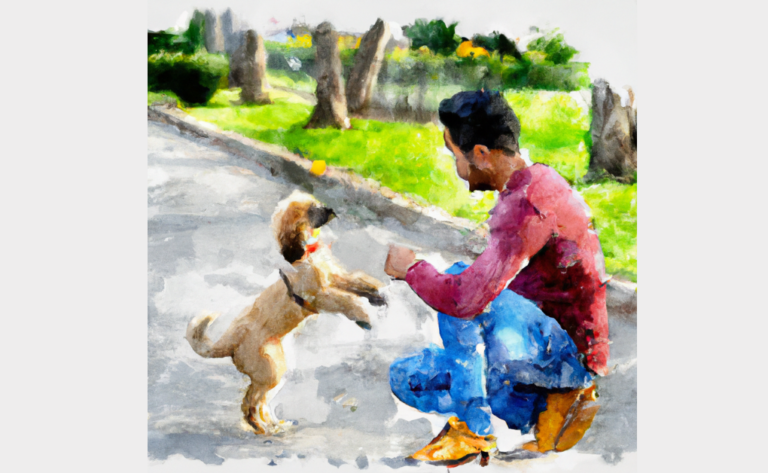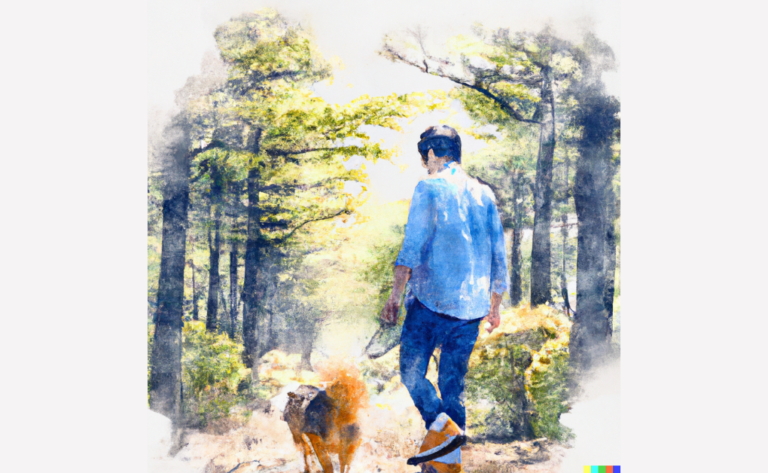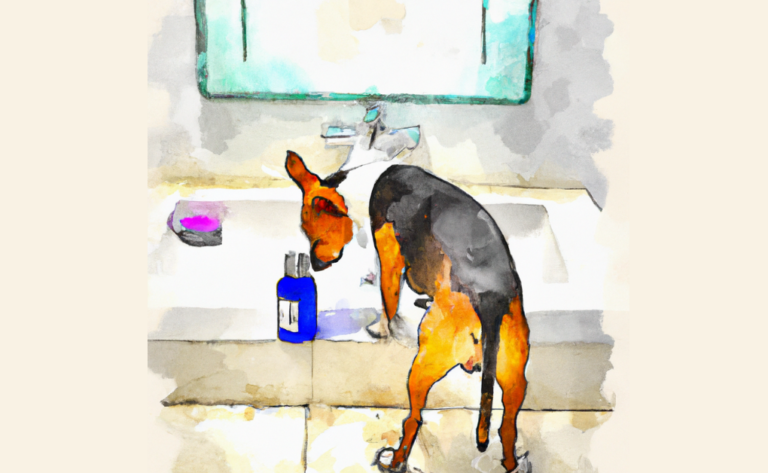Agility Training for Your Dog: Are You Ready to “Rally?”
Introductionn
Jack had always been an active dog, but lately, his energy seemed to be almost unmanageable. Desperate for a way to help him channel that energy into something productive, Jack’s owner, Lisa, stumbled upon the exciting world of rally agility training.
Rally and agility training are dog sports and great ways to improve their skills and build confidence. Both activities require training and practice. However, there are differences between the two sports.
For example, while a rally requires a lot of energy and endurance, agility requires speed and coordination. As a result, there are many rallies and agility competitions; some are judged based on how quickly the dog completes the course, and others are evaluated based on how far the dog travels during the race.
The best way to find out what type of activity you want is to talk to your veterinarian, who can help you decide which sport is best suited for your dog. However, if you already know what you want to do, here are some tips to ensure you choose the right sport for your dog.
Learn Agility with Your Dog
Dog agility training is a great way to keep your dog active and healthy. This is a sport where dogs run through obstacles and jump over them, and the goal is to complete the course as quickly as possible. Agility training teaches dogs to perform tricks, jump through hoops, run through tunnels, climb obstacles, and balance on narrow beams.
Many types of agility equipment are available, including jumps, tunnels, ladders, poles, and bridges. Some courses are designed specifically for working dogs, while others are open to any breed. In addition, some systems combine elements of several different types of agility.
Regardless of the type of agility course you choose, there are three main components involved in agility training for dogs:
- Obstacles include jumps, tunnels, ladders, ramps, etc.
- Tunnels – These are used to teach dogs to navigate around an obstacle safely.
- Routes – These are the paths that the dogs must travel through the obstacle course.
- Commands – These are verbal commands given to the dog to guide them through the system.
Obstacle Courses
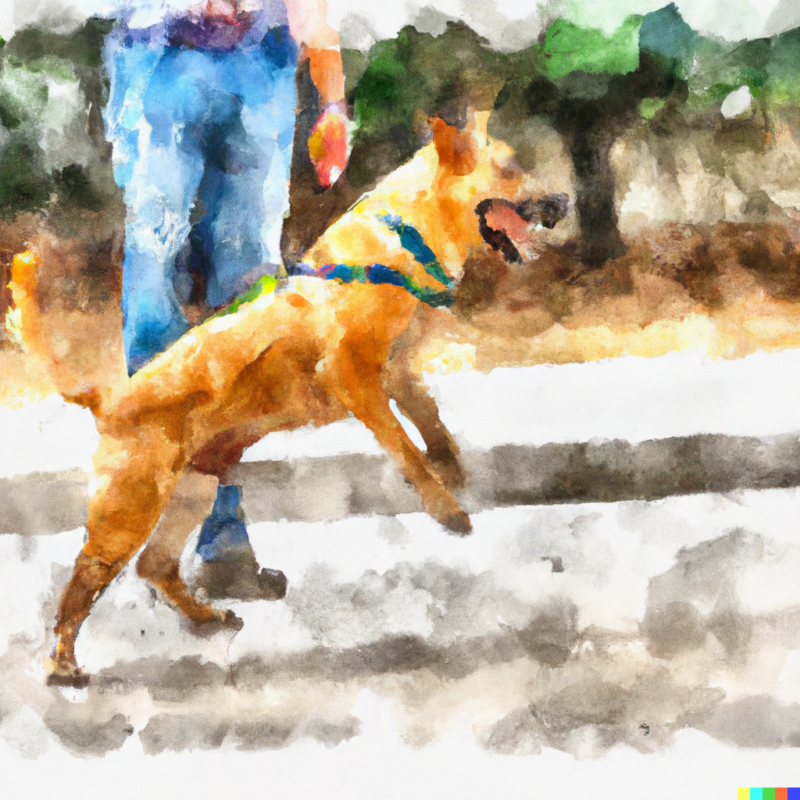
An obstacle course consists of multiple obstacles arranged in a specific order. Each block requires the dog to perform a particular action.
When designing an obstacle course, keep these things in mind:
- Make each obstacle challenging enough to ensure the dog learns to overcome it.
- Keep the course short, so the dog has time to learn and practice the required actions.
- Arrange the obstacles in such a way that they are easy to navigate.
Tunnel Courses
A tunnel is similar to an obstacle course, except that instead of using physical barriers, it uses a long tube. A tunnel may be constructed from one or more lines. Boxes are usually made of either wood or plastic. Wooden tunnels have the advantage of being lightweight and durable, but they tend to get dirty quickly. Plastic tunnels are easier to clean after use, but they are heavier than wooden ones. Regardless of the material used, tunnels should be sturdy and safe.
Routes
A route is simply a path that the dog follows throughout the course. The roads must be clear and well-defined, streets should be narrow enough, and dogs need room to maneuver around obstacles without getting stuck. Routes should also be smooth and level.
Commands
The commands used during agility training for dogs are similar to those used in obedience training. Commands are used to direct the dog’s movement through the course. For example, if the dog jumps over an obstacle, the order might be “jump.” If the dog runs down a ramp, the order might be like “run.”
The commands used in agility training for dogs can vary greatly depending on the course type used. For example, some systems require the dog to jump over a series of hurdles, while others require the dog to pass through a series of tunnels.
What is Rally Agility Training for Dogs?
Rally agility training for dogs is a type of obedience training that teaches your dog to perform tricks and commands quickly. This form of dog training requires a lot of practice and patience. Your dog must learn to obey commands rapidly and accurately when given an order during a rally. The goal is to teach your dog to respond to verbal commands and cues within seconds.
Rally is a great way to reinforce loose lead walking and obedience behavior. You don’t need to compete against anyone else or worry about winning; you only need a friend and some fun! The goal is simple: Walk loose and stay focused on your partner.
This type of dog training is great for any breed of dog, including Labradors, Golden Retrievers, German Shepherds, Pit Bulls, Chihuahuas, Doberman Pinschers, Rottweilers, Boxers, and many others. There are approximately 150 breeds of dogs, including mixed-breed dogs, participate in agility, according to the USDAA.
There are two types of rally agility training for dogs:
- Speed Rally – this is where your dog learns to perform commands and tricks at full speed.
- Precision Rally is where you train your dog to perform commands and tricks in specific locations.
How Your Dog Benefit From Rally
Rally is a fun game that helps you bond with your dog. You play it together and learn how to communicate with each other. It’s an excellent activity for people looking to improve their relationship with their dogs.
Your dog will benefit by learning new skills and behaviors. They will develop confidence, become more obedient, and help learn to focus on what you say and follow directions.
You will also enjoy playing rallies because it gives you time to spend with your dog. As a result, you won’t feel rushed or stressed out. Instead, you will have plenty of time to talk and laugh with your dog.
Rally training works because it uses positive reinforcement. This means that instead of punishing bad behavior, we reward good behavior. For example, we use treats to reinforce our commands and praise to encourage good behavior.
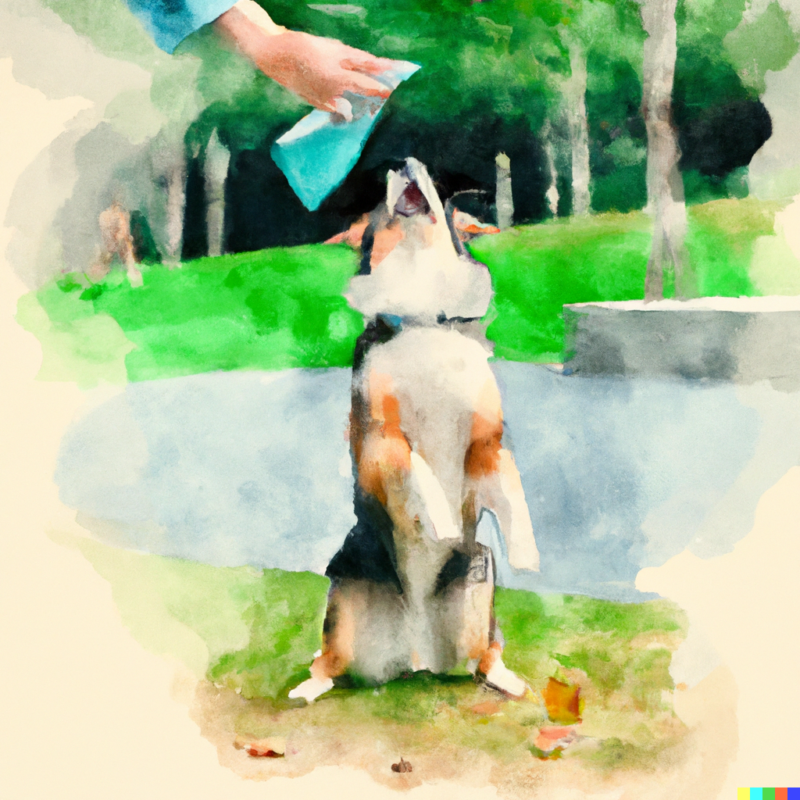
This type of training is ideal for dogs who need to learn to behave well in public places, such as restaurants, stores, parks, etc.
Benefits of Rally + Agility in dogs
Agility training improves a dog’s ability to focus and concentrate. Agility training teaches dogs to work well in new environments and build confidence and trust in new things. In addition, agility training builds strong bonds and communication between people and dogs.
Rally is an excellent alternative to traditional agility for retired dogs looking for something fun. Rallying involves working off-leash in an ample open space without obstacles.
This type of activity requires a lot of mental concentration and focus. Dogs who participate in rallies first will learn to communicate with their handlers and gain skills like obedience, recall, and tracking. They will also learn how to work together as a team. But what if you work both rallying and agility training with your dog?
Rallying and agility training are great ways to improve your dog’s health and well-being. However, both activities require your dog to work with his handler and other dogs, and they’re both mentally challenging and physically demanding.
Both activities build confidence and teamwork skills. And because rally and agility involve working with others, they teach your dog to be respectful and obedient.
Rallying and agility are excellent forms of exercise for dogs. They burn calories, strengthen muscles, and help keep them fit and healthy. Plus, they’re fun! So, if you’ve never tried rally or agility training, now is the perfect time to try it. The benefits of these sports are endless.
Rally FUNdamentals
The Rally Fundamentals program is designed to help you teach your dog basic obedience commands. In addition, you’ll learn how to use positive reinforcement to build trust and confidence in your dog. This training method uses fun games and treats to reinforce each command. Your dog will love playing with his favorite toys while learning new tricks.
This course includes everything you need to teach your dog these skills, including videos, written instructions, and step-by-step demonstrations. The lessons are broken down into three parts:
- Learn Basic Commands – This section covers the most important commands for teaching your dog to be obedient. These include sit, stay, down (on order), lie down, stand still, roll over, shake hands, and come when called.
- Teach Obedience Skills – This section shows you how to teach your dog to perform specific obedience tasks, such as coming when called, sitting politely, staying quietly, walking calmly, and waiting patiently.
- Practice Obedience – This section gives tips on practicing obedience at home and in public places.
Teach Your Dog Basic Command Before Starting Rally
Rally is a popular obedience competition for dogs. It tests whether your dog knows basic commands such as “sit” and “stay.” You can start practicing Rally with your dog now.
Make sure your dog passes the Canine Good Citizen Test before starting Rally. This test measures whether your dog understands basic rules of behavior. If your dog fails, it might make things difficult later on.
Start with a more effortless skill and work towards a harder one. For example, if your dog already knows “sit” well, try teaching them “lie down” next.
Be consistent and fair during training sessions. Don’t let your dog win every time. Instead, reward positive behaviors and punish negative ones.
Your dog should know how to sit, lie, shake someone’s hand, lay down, roll over, stand up, wait, come back to you, and fetch something. Teach your dog these skills gradually.
They should be able to recognize humans and other animals. Could you show your dog pictures of different types of people and animals and ask what he thinks about each image?
Getting Your Dog Involved in Rally
Rally is one of the most popular activities among dogs and owners alike. It’s a great way to bond with your pet while having fun together. But you don’t have to be a seasoned competitor to participate in a rally. There are many ways to get involved without ever stepping into a ring, and you need to know what to look for.
The American Kennel Club offers several opportunities for people interested in learning about rallies. These include seminars, clinics, and even online courses. If you want to learn how to train your dog for recovery, check out the AKC Canine Good Citizen Program. This program teaches basic obedience skills and helps prepare dogs for competition.
If you already compete in rally courses, consider joining a local club. Clubs offer support and camaraderie for both competitors and spectators. They often host social gatherings where members can meet up and discuss topics related to rallies. In addition, some clubs hold monthly meetings where attendees can watch demonstrations and ask questions.
Attending a trial or two before participating in your event is helpful. Tests allow you to observe the rules and judge whether your dog could do well in a given situation. In addition, trial judges typically provide feedback to participants, including tips and tricks for improving performance.
There is no minimum age requirement to participate in AKC companion events like Rally. However, some breeds require special considerations. For example, large breed dogs must weigh at least 50 pounds to enter certain classes. Please check the requirements for each course you plan to enter.
Doing Rally at Home
You first must consider whether you want to train your dog to jump over obstacles or just run around the yard. Jumping is easier because you don’t have to worry about your dog falling. But running is much more fun and challenging.
You can start training your dog to jump by putting up some hurdles in your backyard. This way, he’ll be able to see what he needs to do and how high he needs to jump.
If you’re planning to purchase a jumping obstacle, choose something that won’t hurt your dog. A simple plastic crate works well. Just put a few inches of water inside and place it near where your dog likes to play. Your dog will love jumping into the water and quickly become accustomed to it.
Next, you’ll need to decide whether you want to practice alone or with another person. Solo training is excellent for beginners. However, if you want to improve your dog’s performance, you might like to invite someone else to help you.
Practicing alone is easy enough; you only need a leash and a treat. Then, when your dog starts to show interest in the object you’re holding, reward him. Repeat this process every day, and soon your dog will be ready to take his first leap.
You’ll need to set up a course to teach your dog to run. Start by placing a long rope across your yard. Then, tie a knot at each end of the string. Make sure the knots are tight enough. Otherwise, your dog could slip and fall.
Make Rally Training Fun and Easy
Rally training is one of those activities where everyone knows what they’re doing, while you don’t see what you’re doing. If you’ve ever tried to rally-train a dog, you probably feel like fighting against the wind. There are many reasons why people struggle with this activity, and here are some tips to help make it easier.
- Start early. The earlier you begin teaching your dog obedience skills, the better, giving him plenty of time to learn and master his lessons.
- Be consistent. Consistency is essential when teaching any skill. So keep practicing until your dog learns every command and trick.
- Reward positive behavior. Once your dog masters a lesson, reward him with praise and treats, and he’ll soon associate learning with getting awarded.
- Please keep it simple. Don’t overwhelm your dog with too many commands at once. Instead, focus on mastering just one or two powers at a time.
- Use food rewards. Food rewards work well because they’re natural motivators. Plus, they help reinforce your dog’s understanding of the command.
- Practice makes perfect. Even though your dog may seem to understand everything right away, he needs to practice repeatedly to become proficient.
- Have fun. Rally training should be enjoyable for both you and your dog. So take some time out to play together and laugh.
Teach Your Dog How to Jump
You must first understand why dogs jump to teach your dog to jump. Dogs are naturally curious creatures and like to explore, and they love to run around and play. This is one reason why dogs tend to be very active animals. If you don’t give your dog enough exercise, he might become bored and restless. He could even develop separation anxiety.
When it comes to teaching your dog to jump, there are three things you need to know. First, make sure your dog understands the concept of ‘jump.’ Second, make sure your dog knows what ‘jump’ actually means. Third, make sure your dog learns how to do the actual jump.
The best way to teach your dog to jump is to start small and gradually increase the difficulty level. For example, could you start by having your dog sit next to you while you hold onto his collar? Then slowly release his collar and watch him try to jump over you. Once he does, praise him and reward him with treats. Please repeat this step twice daily until your dog gets the hang of it.
Next, take your dog outside and place him in front of a fence. Have him sit down and wait for you to open the gate. When you do, tell him to go ahead and jump. Watch him closely and see if he tries to jump over the fence. If he doesn’t, close the gate behind him and repeat the steps above.
If your dog cannot jump over the fence, you can always use a different type of obstacle. For example, you can put a large box in front of the wall. Or you can set up a ramp and have your dog walk up it.
Once your dog can jump over the obstacles, you can move on to bigger and better jumps. First, try putting your dog on a leash and letting him run free. Next, have him jump over a low wall. Finally, have him jump over something taller such as a tree stump.
Make sure your dog understands the meaning of ‘jump‘ before trying to teach him to jump. In most cases, dogs will jump because they want to play. So, if your dog is jumping to play, don’t punish him. Instead, encourage him to jump again. Eventually, your dog will realize that jumping is fun and begin jumping for real.
Training Tips
There are many ways to train your dog to do agility exercises. Here are some tips to help you along the way:
- Start with minor obstacles. This will allow your dog to focus on learning how to move around the obstacles rather than trying to figure out what he needs to do to complete the exercise.
- Use positive reinforcement when teaching your dog new commands. When your dog does something right, give him praise. When he makes a mistake, ignore him.
- Be consistent. The same commands should be used every time you teach your dog a new exercise.
- Practice at home. You can simulate an agility course by setting up obstacles in your backyard.
- Don’t rush your dog. Instead, take your time when teaching him new commands.
- Reward your dog for good behavior. For example, give him treats whenever he performs a task correctly.
- Have fun! Agility training is great fun for both you and your dog.
Frequently Asked Questions
Disclaimer: The information provided on this veterinary website is intended for general educational purposes only and should not be considered as a substitute for professional veterinary advice, diagnosis, or treatment. Always consult a licensed veterinarian for any concerns or questions regarding the health and well-being of your pet. This website does not claim to cover every possible situation or provide exhaustive knowledge on the subjects presented. The owners and contributors of this website are not responsible for any harm or loss that may result from the use or misuse of the information provided herein.

